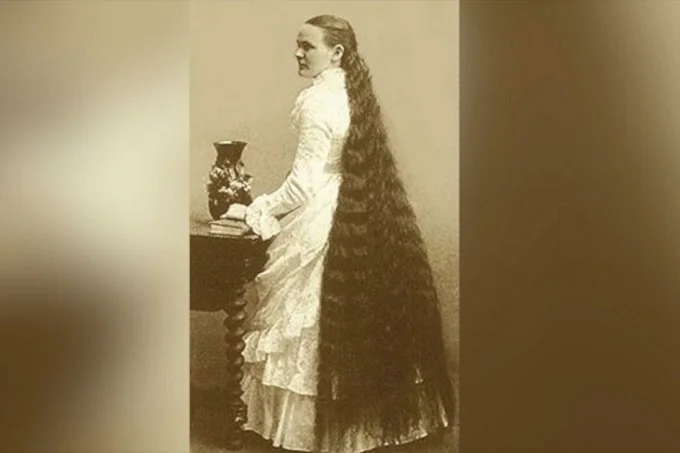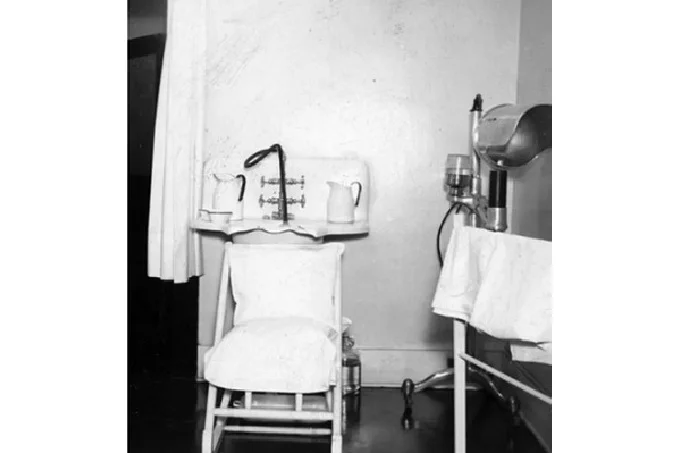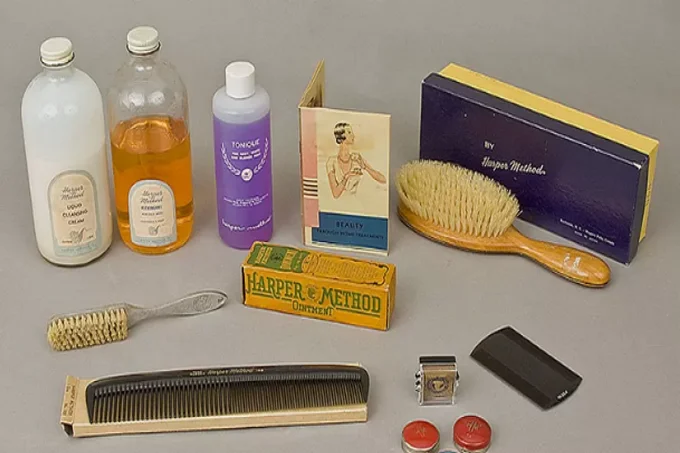How former maid, Martha Matilda Harper, created the first hairdressing and chain of salons run by women

Every time they come to a beauty salon or even to the most modest hairdressing salon, millions of people use at least one invention of this woman. A seven-year-old girl, given into service in the worst traditions of slave-owning America, could not count on a special role in business, which innovators like Henry Ford played. But she, nevertheless, succeeded – it just so happened that Martha Matilda Harper as the creator of the beauty salon industry, was almost forgotten, which cannot be said about those who gained fame by following the beaten path.
The long way of fighting for women’s rights and their financial independence began a long time ago, and it is not surprising that once reality looked quite different from what it is now. Even those spheres of life that do not directly relate to equality or providing women with the opportunity to develop are very different from the current ones. Take, for example, the traditions of hair care in America of the XIX century – what did they look like? The creation of hairstyles was most often done either by the women themselves or, if possible, by their maids. Professional hairdressers could also come to the house, whose function was, again, in combing and styling. They washed their hair rarely and with harsh soap. They did not practice care as such.
Martha Matilda Harper knew this side of life firsthand – it was she who combed her housewives. She was also familiar with another reality – when the girl was seven years old, she was given to work as a maid to distant relatives, sent 60 kilometers from her native Oakville in Ontario, Canada. Then began a career as a domestic servant, which could last until the death of Martha, like many other girls who did not happen to be born into a wealthy family: after all, this factor was, in fact, the only one capable of ensuring the financial well–being of a woman – with the rarest exceptions.

Martha was lucky – she lived in an era when, albeit with difficulty, but women could self-actualize, and besides, a lucky chance played a role: one of the owners turned out to be a doctor who willingly shared with Harper information about hair health, his dependence on massage and other methods of care, and dying, left the maid a secret of a special tonic. Marta herself was interested in hair care – and was able to appreciate the doctor’s invention on her own experience, and at the same time – and collect enthusiastic reviews from her new employers.
A multimillion- dollar business that started with $360 and a secret tonic
In 1881, Martha Harper moved to Rochester, New York, where she worked again as a maid for a while, but soon, having thought everything through and invested $360 in savings, she opened her own salon-hairdresser. To tell the truth, it was not even the first “her” salon, but the first such institution in general.
Harper was looking for a place for her brainchild very carefully – choosing a room in the city center in the famous Powers building. As an advertisement, a photo of Marta herself with her long, loose hair was placed at the entrance.
But the customers didn’t come. Then Martha tried something else: there was a children’s music school nearby, and the mothers who brought the students were forced to wait for the end of classes in the hall, standing. Harper invited them to her salon, and there she offered to try new hairdressing services. It was unusual, but the clients liked it – after all, it was no longer just about the hairstyle, but about hair care. Harper used special massage brushes, used only natural ingredients-including her own hair tonic. The salon did not do a perm and did not offer any synthetic dyes.
The ladies liked it – and then word of mouth was already working. Wealthy aristocrats, politicians’ wives, and suffragettes were attracted to Martha Harper’s salon. Harper hired former maids– they knew the approach to rich clients like no one else and knew how to handle their hair. A special role in Harper’s life was played by meeting Bertha Palmer, who was as generous as she was rich, and persuaded Martha to expand the business and open a new salon in Chicago for the 1893 World’s Fair. Having weighed everything and enlisted the support of sponsors, Harper did it – and did not lose.

It is believed that Ray Kroc, the founder of McDonald’s, became the founder of franchising in the middle of the XX century, but it would be more correct to mention that Martha Harper had already used a similar trademark rental mechanism for sixty years before. Under her name, salons were opened in different cities, owned by women – often, she herself lent funds for business development.
The requirements that were imposed on salons operating under the name of Harper were the use of all her products, as well as the installation of special chairs – also inventions of Martha Harper.
Why Martha Harper’s business has declined, and why her ideas have outlived both her and the salons
It was her idea to create a chair with a reclining back – so that washing your hair would be more comfortable. Martha also came up with a special shape of the sink so that you can put your head down while the hairdresser soaps your hair with shampoo and washes it off. Beauty salons around the world then adopted this innovation.
In Harper’s hairdressers, visitors were given a head massage, and if a client came with children, they were looked after and entertained in the salon. Women working in March could count on a convenient schedule, taking into account the needs of the family, for example, to go out in the evening.
Despite the fact that the business was successful and expanding (more than 500 salons were opened in total), Marta’s main desire was to empower women, to give them the opportunity to establish their financial life independently of her husband or without him at all.
The creator of the salon chain herself remained unmarried until the age of 63, dealing exclusively with her business issues. And in 1920, she married 39-year-old officer Robert McBain, with whom she managed the company until retirement at the age of 78. After his wife, the business was headed by McBain, and it did not benefit the business, especially after the death of its creator.

In 1950, Martha died. McBain no longer strictly followed the rules about natural remedies, allowed the use of harmful synthetic ingredients, and the “feminine” spirit that Martha supported in salons disappeared.
Nevertheless, Harper’s salons existed until the beginning of the two thousandths, the last of them was closed in 2005. By that time, reality had changed beyond recognition – both public hairdressers, special chairs, and massage – everything became self-evident, even though no one remembered the name of the creator of all this.
During her career in the hairdressing business, Martha Matilda Harper opened not only hundreds of salons – in each of the American states, but also created a network of beauty schools, and in Rochester – a factory where the production of organic hair products was launched. Harper’s salons were visited by the most high-ranking clients, including representatives of the British royal family and US presidents; among them was Jacqueline Kennedy, whose wedding is still considered one of the most beautiful in the world.




